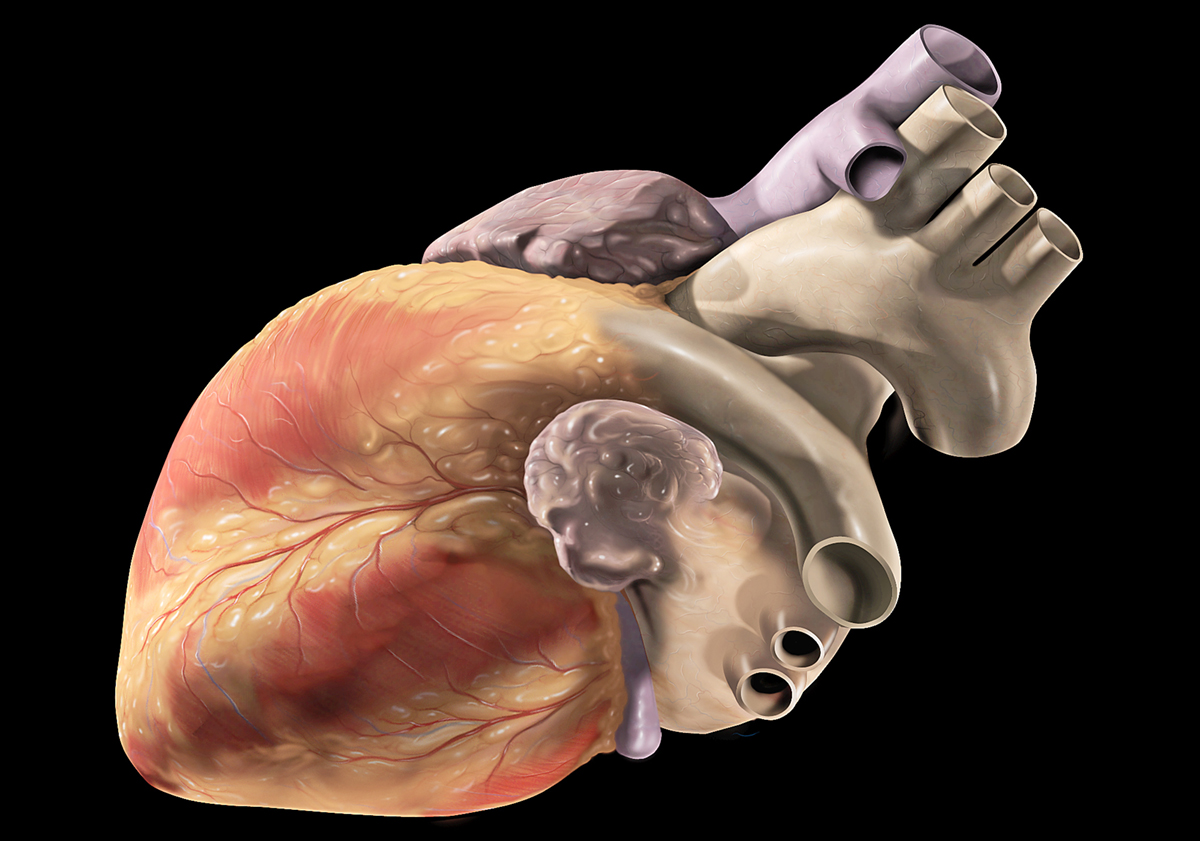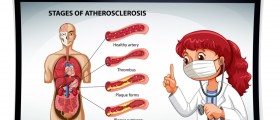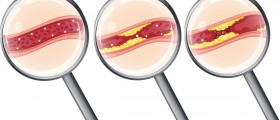
Angina pectoris is a medical condition which features with the chest discomfort and/ or chest pain due to insufficient supply of the heart muscle with oxygen. There are three types of angina pectoris. Unlike the first two types, stable and unstable angina pectoris, Prinzmetal's angina is a bit different and not so common affecting only 2 out of 100 cases of angina. This type of angina typically affects younger patients comparing to stable and unstable angina.
How does Prinzmetal's Angina Develop?
The actual cause of Prinzmetal's angina is not narrowing of the arteries due to atherosclerosis. In people who suffer from this medical condition lack of oxygen occurs due to spasm of the coronary arteries. Spasm is in this case responsible for the tightening of the coronary arteries and it affects proper blood and consequent oxygen supply of the heart. However, in some patients who are suffering from Prinzmetal's angina there may also be signs of atherosclerosis and these patients carry significant risk of potential heart attack.
Symptoms of Prinzmetal's Angina
Similarly to other types of angina, the leading symptom of Prinzmetal's angina is intensive chest pain. The patients either suffer from pain located to the chest or they may complain about radiation of the pain towards shoulders, neck, back or even arms. The pain is commonly described as squeezing or pressing. Pain in Prinzmetal's angina typically occurs at rest, in majority of patients it starts between midnight and early morning hours and is alleviated by angina medications.
Apart from the pain patients suffering from Prinzmetal's angina additionally complain about sensations which resemble heartburn and may experience nausea. They may feel tired and weak and during the spasm they may also experience shortness of breath, increased perspiration and lightheadedness.
Diagnosing Prinzmetal's Angina
After being questioned and physically examined the patient undergoes additional tests and procedures including electrocardiogram and in some cases a cardiac catheterization. During catheterization the doctor monitors potential spasms and to detect a suspect artery patients may be administered certain medications which provoke the spasm.
Differential diagnosis of Prinzmetal's angina include several more medical conditions such as pulmonary embolism, pneumonia, peptic ulcer, gastroesophageal reflux disease, muscle strain, pancreatitis and acute aortic dissection. With proper test, analysis and examination the doctor finally sets the correct diagnosis and excludes other potential medical conditions.
Treatment for Prinzmetal's Angina
Symptoms due to spasms are successfully brought under control by nitroglycerine. Patients are also prescribed long-acting nitrates and calcium channel blockers. The last two groups of medications are given to prevent attacks.
Since smoking can induce the angina attack smokers are advised to quit smoking. If symptoms respond to medication the prognosis of the disease is very good. Better prognosis is in patients who do not additionally suffer from coronary heart disease.

















Your thoughts on this
Loading...